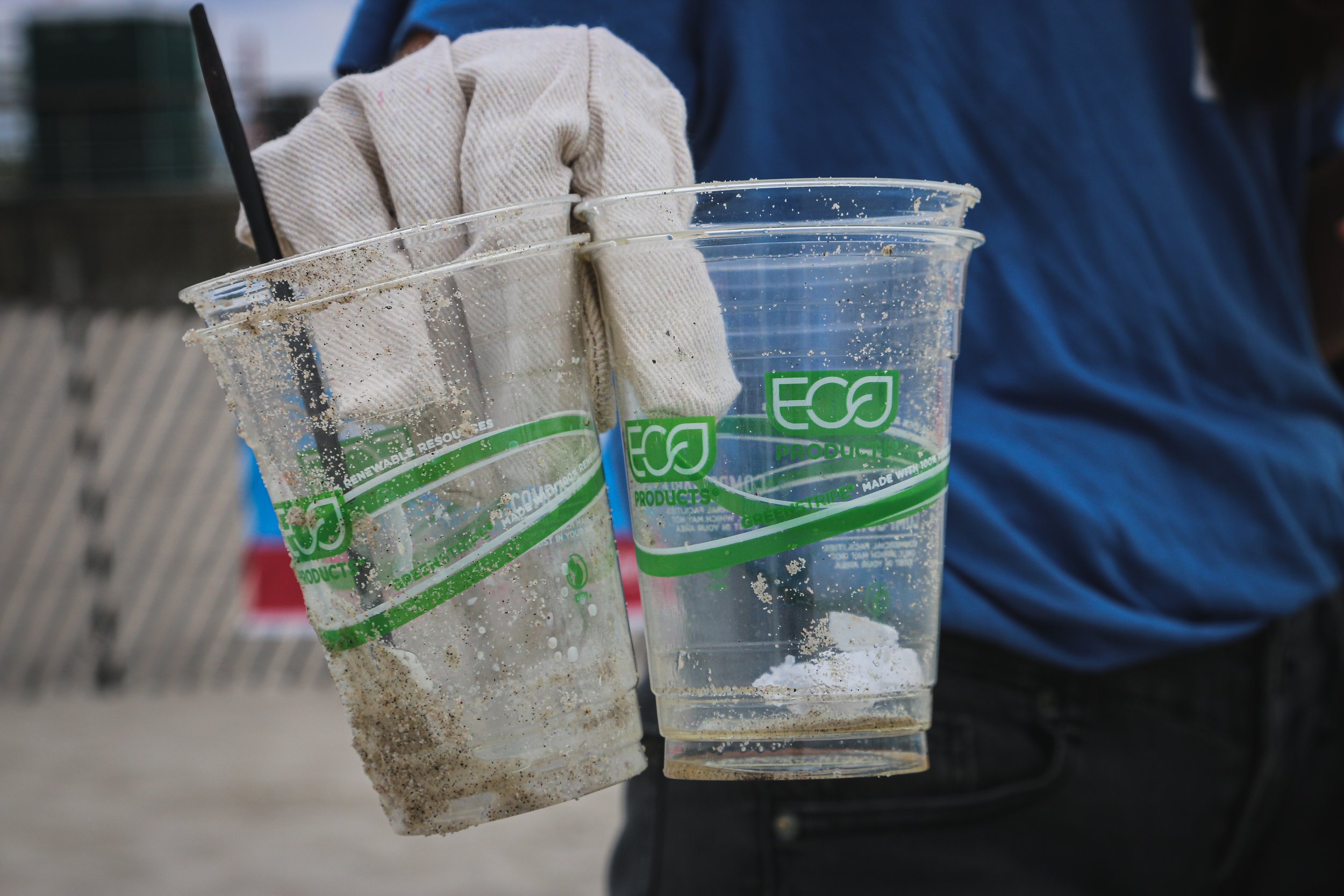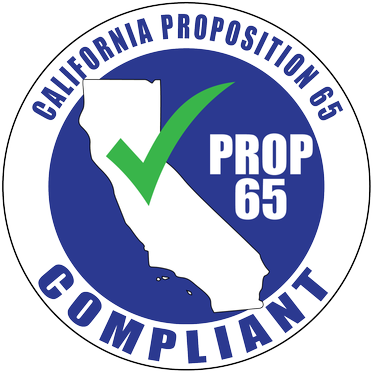In the retail dining world, single use, plastic take out containers are still all too common. In an attempt to do what’s best for the environment, many food service providers have turned to compostable packaging. Compostable containers have to be better, right? They just dissolve and go back into the earth when they are thrown away….right?
Unfortunately, that’s not the case. And compostables are a lot more complex than we thought.
Compostables and health
Many compostable containers contain a toxic chemical, per- and polyfluoroalkyl substances (PFAS). PFAS are resistant to heat, water, oil, and corrosion – turning otherwise flimsy fiber into grease-resistant packaging. While this certainly serves a practical purpose, these chemicals’ health risks far outweigh any practical benefits. PFAS migrate from containers into food, especially when that food is fatty, salty, or acidic. This PFAS exposure has been linked to concerning health risks like immune system suppression, lower birth weight, and some cancers.
And unfortunately, PFAS are all too common. A 2023 study of various types of fast food packaging found that the highest concentration of PFAS was found in compostable bowls. In fact, Michael Hansen, Ph.D., a senior scientist specializing in food, told Consumer Reports that trace amounts of PFAS in food packaging may be inevitable: “No company should tell consumers that their products are 100 percent free of PFAS.”
If you stop and think about it, the problem that PFAS is trying to solve is waterproofing a fibrous material, one that isn’t naturally water tight. Some type of waterproofing agent needs to be applied to the fiber so that it can retain hot food or drinks. It all sounds too good to be true. There are ‘bioplastics’ – plastics made from renewable sources like corn, sugars, or potatoes – that aim to achieve this, but at the end of the day, though they are created from natural products, they act like plastics and have their own downsides. For example, bioplastics can actually contaminate the recycling process if they are not separated from conventional plastics. In addition, despite their name, bioplastics are also complicated to compost – they only break down in a specific set of conditions present in certain industrial composting facilities.
Compostables and the environment
Outside of the human health risks, compostable containers can also harm the environment. Even though it might seem intuitive, compostable containers don’t naturally “biodegrade” on their own. Instead, compostable containers can only break down in an appropriate composting facility, and unfortunately many factors can prevent containers from reaching that setting. First, composting facilities are often, unfortunately, unavailable. One Winter 2023 survey identified eleven states, including Alabama, Delaware, and Kansas, as areas without any full-scale composting operations and 21 states with 3 or fewer composting sites. Second, even if a composting facility is available, some facilities will not accept certain packaging – for example, facilities may not accept bioplastics because they do not break down in the composting process, or may not accept certain containers because PFAS can contaminate the compost. Finally, many composting facilities, such as the major composting facilities in Colorado and Oregon, have simply decided not to accept any type of compostable packaging, even PFAS-free certified packaging, because it does not produce “black gold” and can be very difficult for the consumer to properly sort. Thus, many compostable containers don’t actually end up being composted – meaning that they instead end up in landfills or the environment.
And those same PFAS that can harm human health also have detrimental effects on the environment: when packaging ends up in the landfill, PFAS can contaminate water and soil, and if the packaging is incinerated, the chemical can end up in the air.
Compostables and your wallet
Finally, compostable containers can also impact your wallet. Compostable clamshells cost over 15% more than traditional plastic single-use containers, adding unnecessary costs to a food service program’s budget. And ultimately, these containers are single-use, meaning that they need to be bought again and again. When these containers end up in landfills or the environment, ultimately – they’re just expensive trash.
A truly sustainable solution
While compostable take out containers represent a step in the right direction, unfortunately, they can have detrimental effects on human health and the environment. With this in mind, it seems necessary to find a more sustainable and cost-effective solution to the waste problem.
Unlike compostable containers, stainless steel reusable containers don’t contain toxic PFAS, and since they are reused again and again, there is no need to worry about whether they will end up in the landfill. That’s why USEFULL decided to create a superior container system that not only is reusable, but is plastic-free and free of toxic chemicals.
If you are interested in learning more about how reuse can tackle plastic waste in your area, drop us a line! Or, sign up for our newsletter here to stay up to date on our journey towards creating a truly circular economy.







